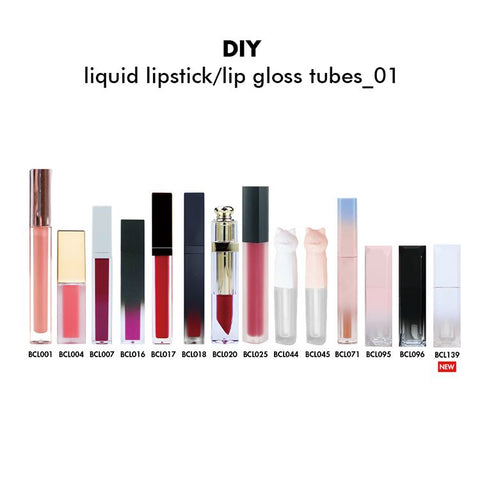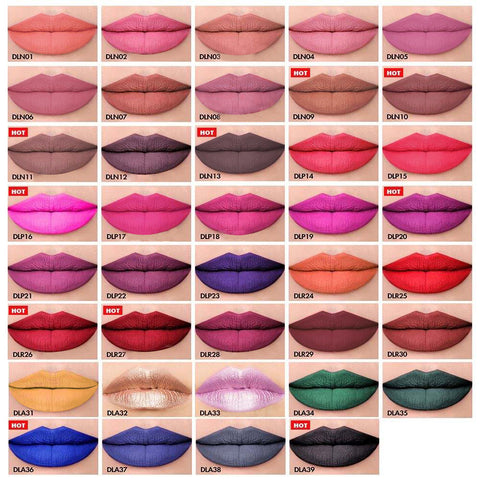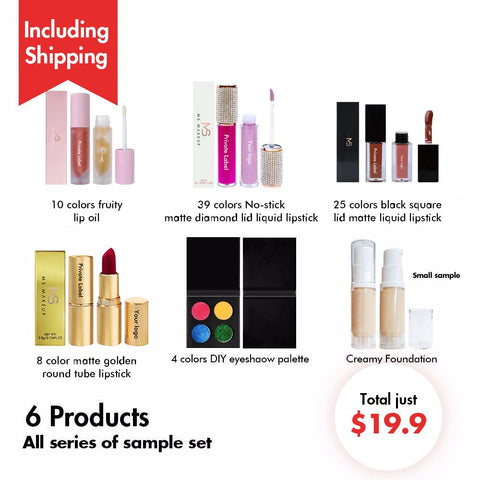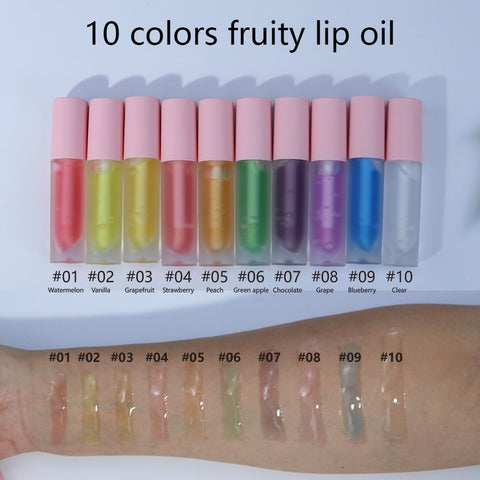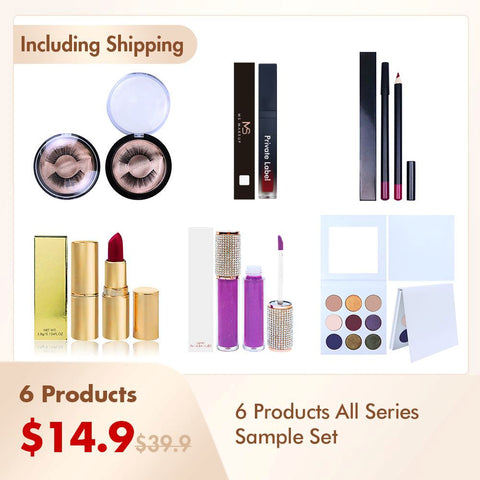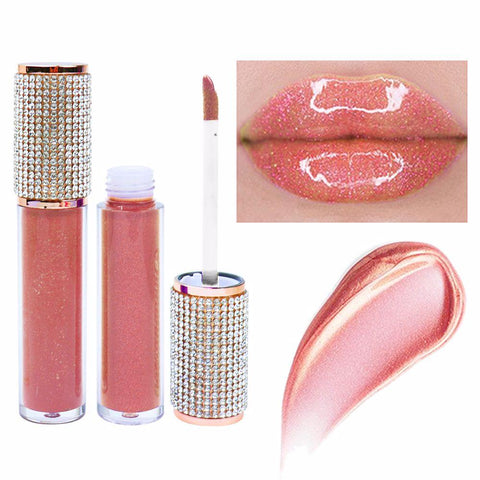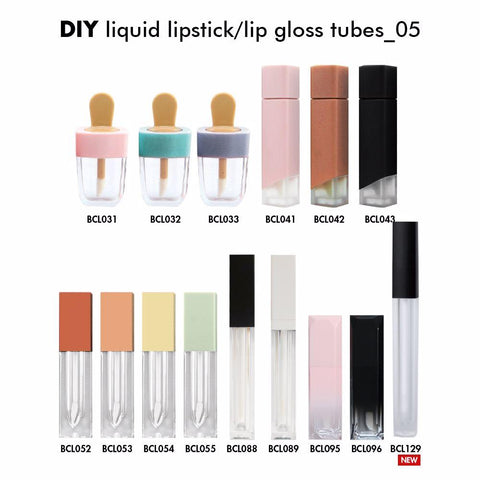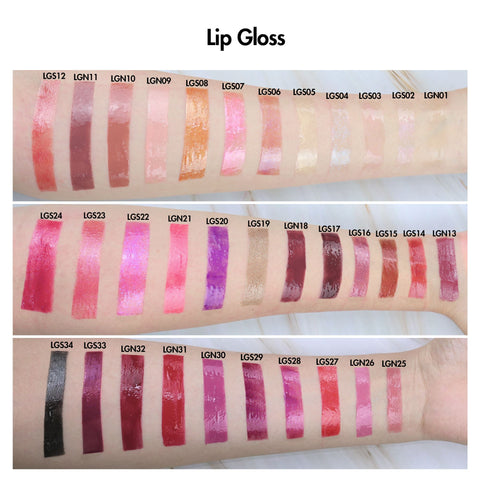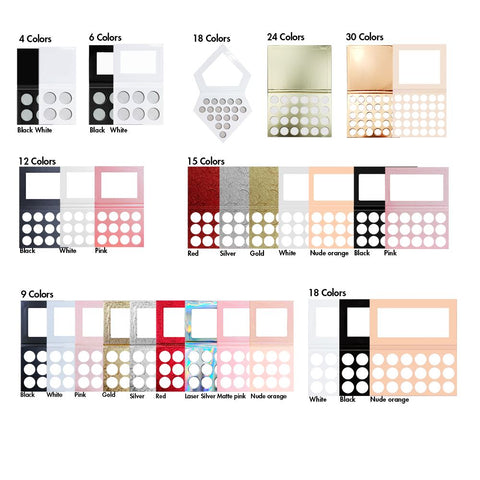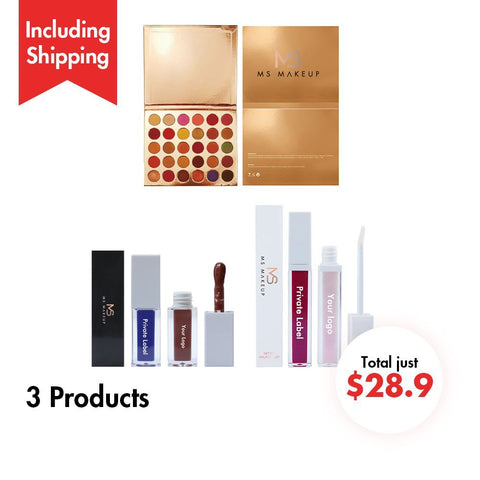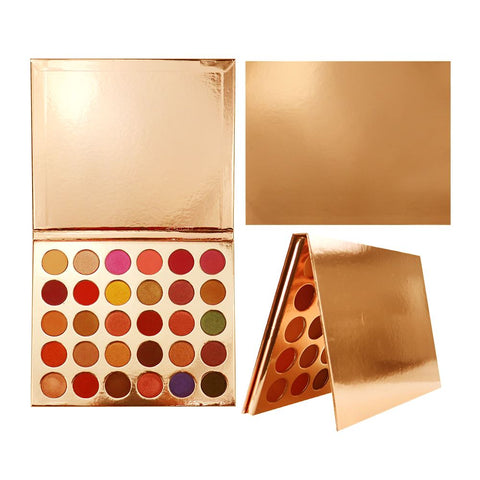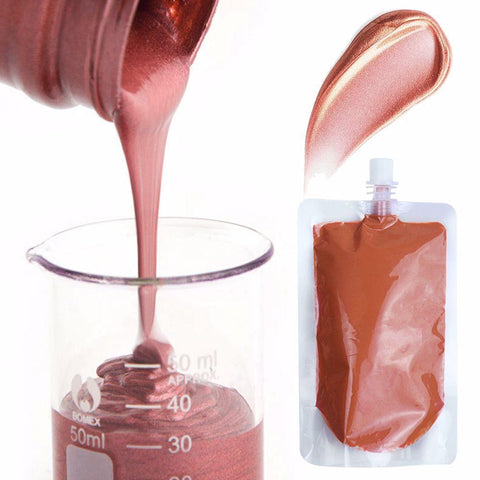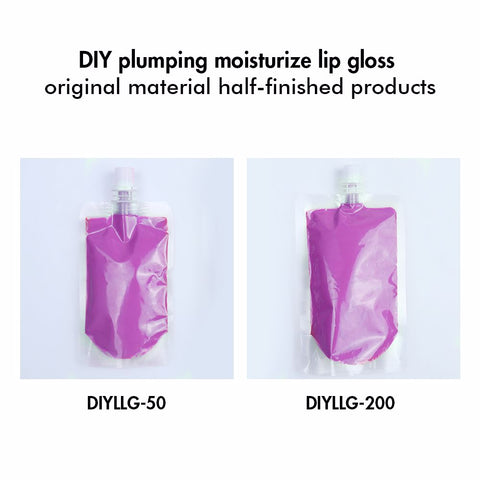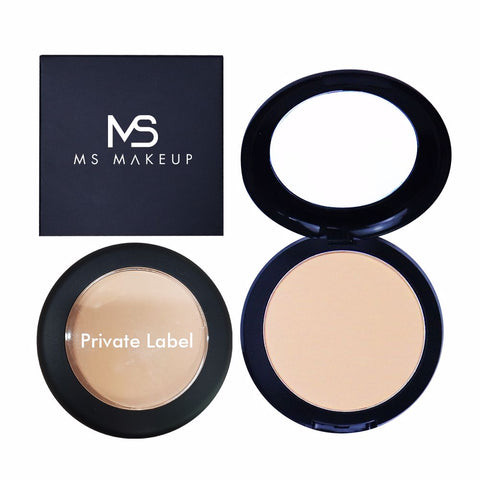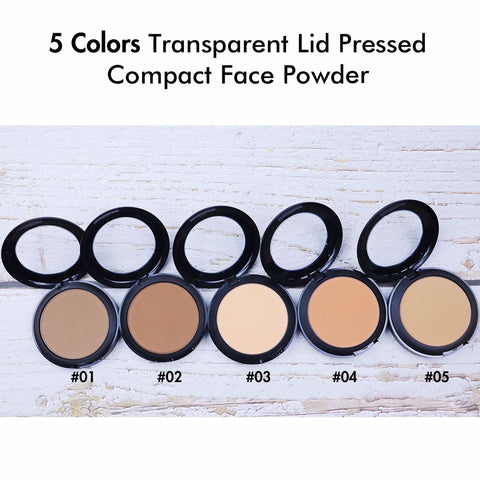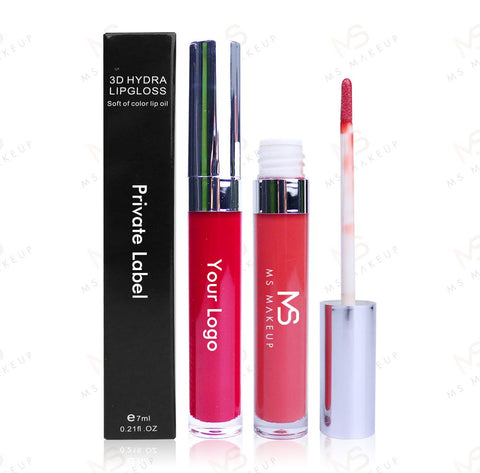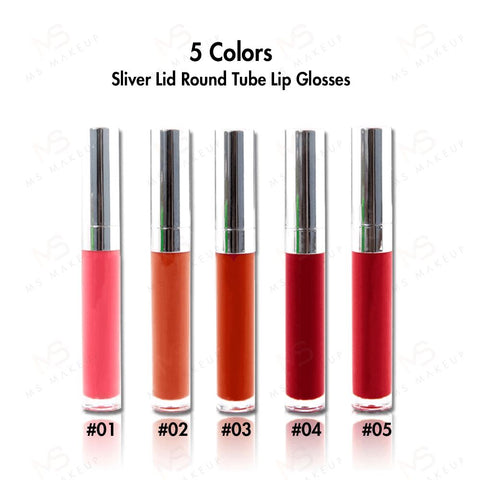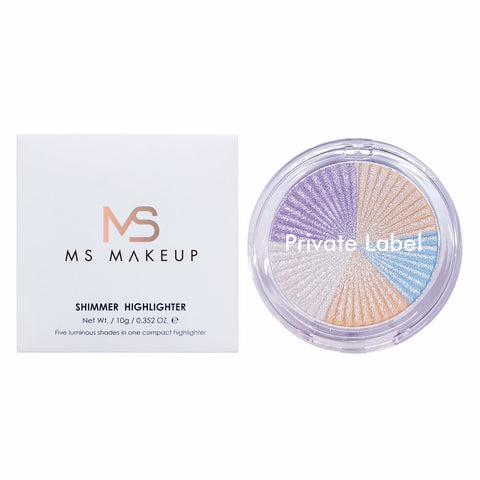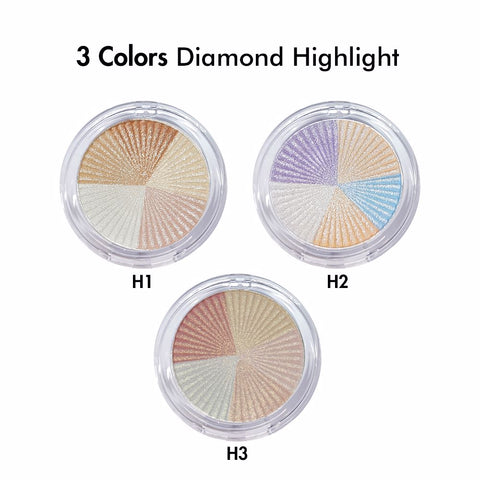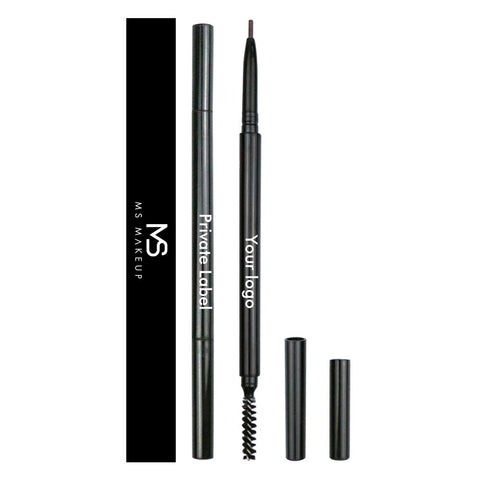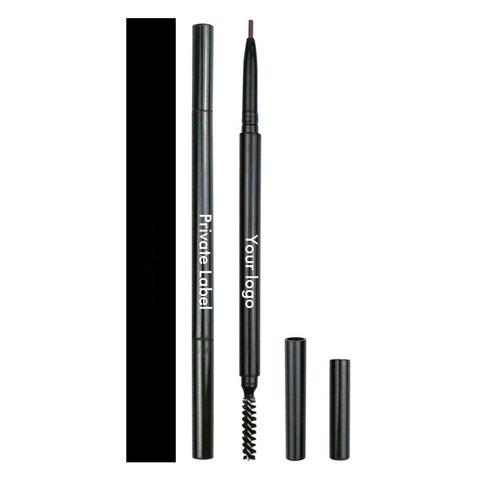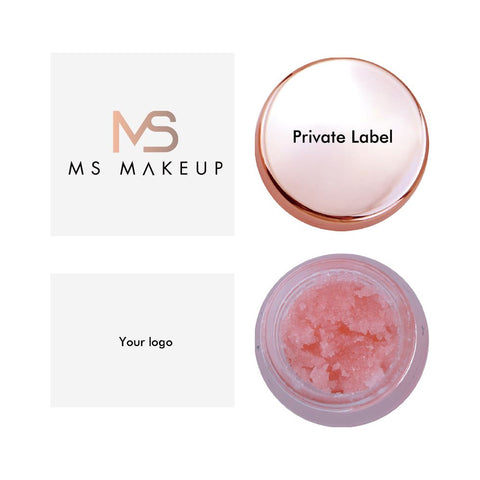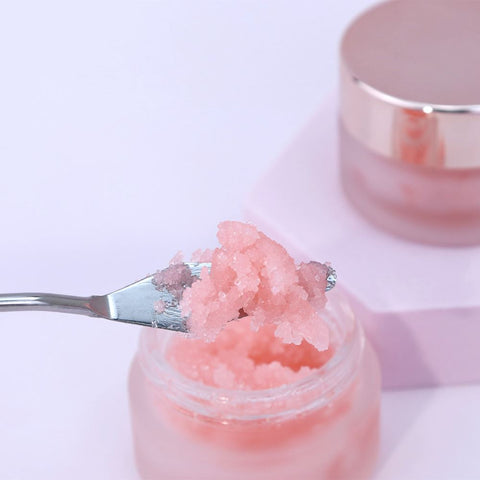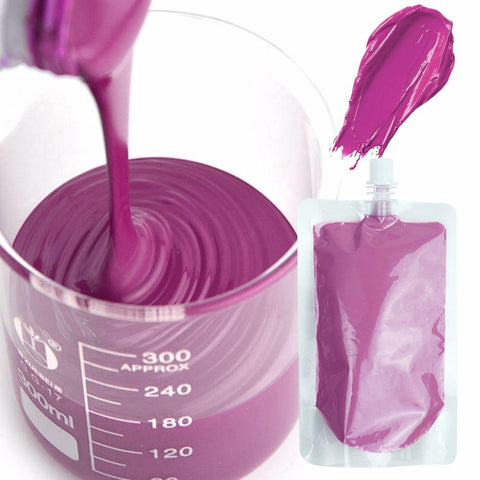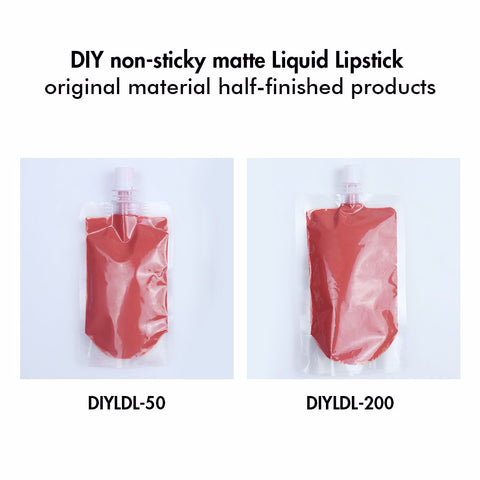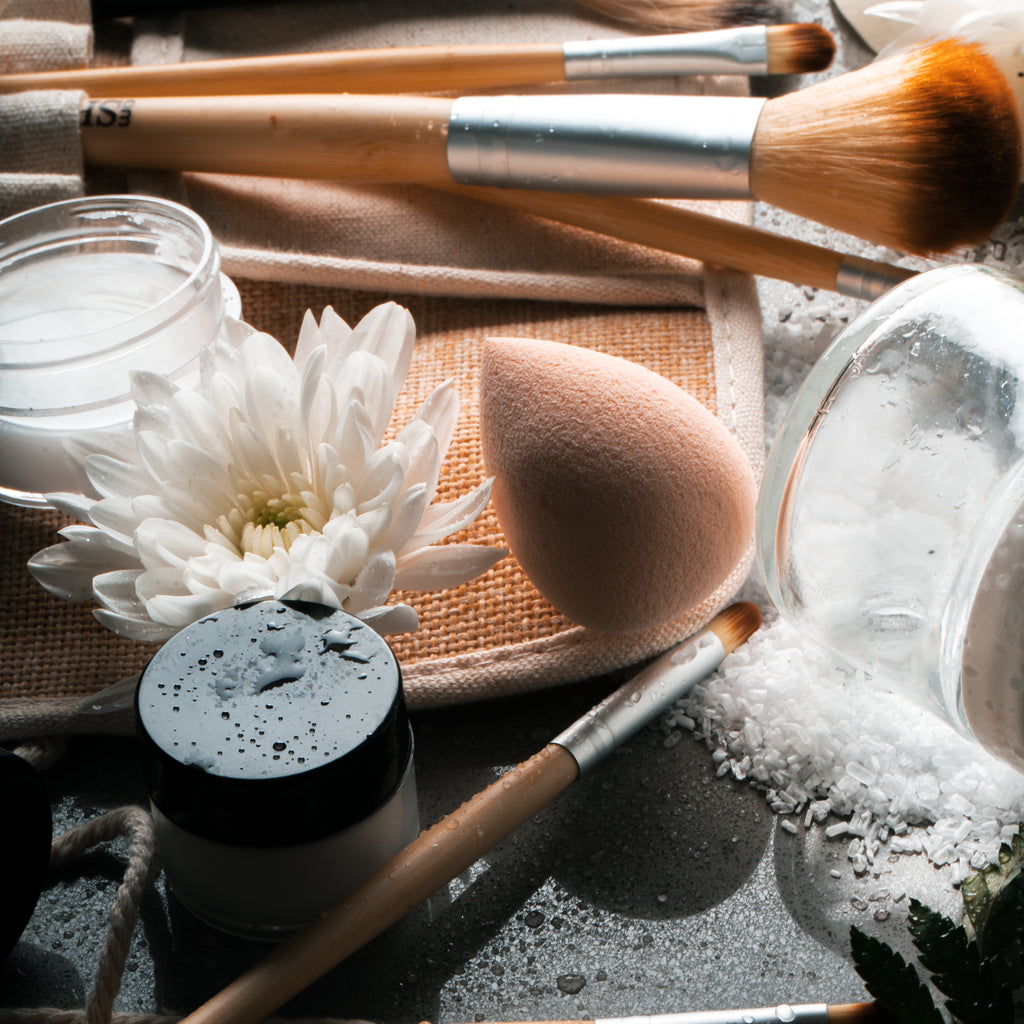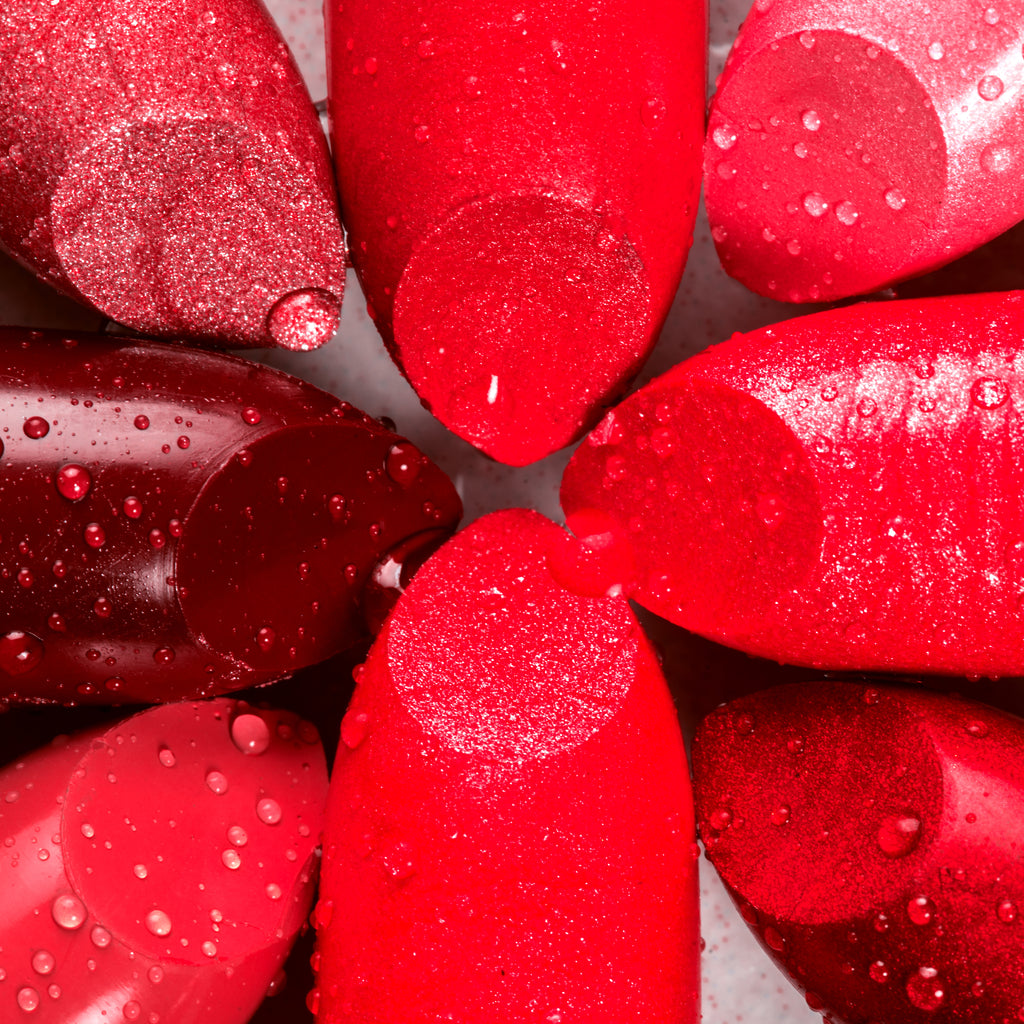Verkaufen Sie Private-Label-Kosmetik in 5 einfachen Schritten
Private-Label-Kosmetik umfasst Make-up und Hautpflegeprodukte, die von einem Hersteller hergestellt, aber unter der eigenen Marke verkauft werden. So können Salonbesitzer, Kosmetikerinnen, Online-Händler und andere eine eigene Kosmetikmarke aufbauen, ohne in Formulierung, Tests und Produktion investieren zu müssen. Wenn Sie bereit sind, Ihre eigene Kosmetikmarke aufzubauen, zeigen wir Ihnen in 5 einfachen Schritten, wie Sie loslegen.
Egal, ob Sie ein erfahrener Verkäufer sind oder gerade erst mit dem Verkauf auf Amazon beginnen, Sie brauchen einen Wettbewerbsvorteil.
Schritt 1: Recherchieren Sie Anbieter von Private-Label-Kosmetik
Es gibt zwei Hauptwege, auf denen Sie nach Anbietern von Eigenmarkenkosmetik suchen können: online oder persönlich auf Messen der Schönheitsbranche.
Der erste Schritt Ihrer Recherche besteht darin, genau zu definieren, was Sie in Ihrer Kosmetiklinie haben möchten, um herauszufinden, was Sie von potenziellen Lieferanten benötigen. Nennen Sie dies Ihre Must-have-Liste. Möchten Sie zum Beispiel nur Bio-Produkte? Wünschen Sie sich eine Linie mit Hautpflegeprodukten, Make-up oder beides? Wünschen Sie Produkte, die bestimmte Inhaltsstoffe enthalten? Listen Sie alles auf, was Ihnen wichtig ist.
Wenn Sie Ihre Must-have-Liste zusammengestellt haben, sollten Sie bei der Suche nach Anbietern für Eigenmarkenkosmetik noch einige weitere Dinge beachten:
- Sind sie von der FDA zugelassen?
- Drucken sie Etiketten und Verpackungen für Sie?
- Wie hoch sind die Mindestbestellmengen?
- Wie hoch sind die Etiketten- und Verpackungsgebühren?
- Wie lange dauert die Bearbeitung von Neu- und Nachbestellungen?
Sehen wir uns nun an, wo Sie potenzielle Lieferanten finden können.
So recherchieren Sie online nach Anbietern von Private-Label-Kosmetik
Um Lieferanten online zu finden, googeln Sie nach Eigenmarken-Kosmetik.
Besuchen Sie die Websites einiger Anbieter und Sie werden feststellen, dass die meisten das gesamte Spektrum an Eigenmarken-Kosmetik abdecken, von individuellen Make-up-Programmen bis hin zu kompletten Hautpflegeserien. Die meisten Anbieter bieten zudem ein riesiges Sortiment, sodass Sie Produkte beliebig kombinieren und so eine einzigartige Beauty-Produktlinie kreieren können.

Die Websites der Anbieter bieten außerdem einen guten Einblick in deren Bestellprozess. Viele Anbieter, wie beispielsweise Aurora Cosmetics (siehe Bild oben), bieten sogar sehr niedrige Mindestbestellmengen an. Je nach Produktpalette ist es also durchaus möglich, mit Private-Label-Kosmetik für nur wenige hundert Dollar eine eigene Kosmetikmarke auf den Markt zu bringen.
Sie können Ihre Google-Suche nach bestimmten Anforderungen auf Ihrer Must-have-Liste weiter verfeinern, indem Sie Begriffe wie „natürlich“, „biologisch“ und „tierversuchsfrei“ in das Suchfeld eingeben. Fügen Sie alle Begriffe ein, die Sie benötigen, um Ihre eigene, einzigartige Beauty-Marke zu definieren.
So recherchieren Sie auf Messen nach Anbietern von Eigenmarkenkosmetik
Messen der Beauty-Branche sind eine hervorragende Möglichkeit, viele Private-Label-Anbieter an einem Ort zu treffen. Auf diesen Messen können Sie viele Produkte hautnah erleben und sogar viele kostenlose und günstige Proben zum Testen mitnehmen. Das Beste daran: Auf Messen können Sie Ihre Ziele persönlich mit potenziellen Lieferanten besprechen und eine Beziehung aufbauen.
Wenn Sie eine Messe besuchen möchten, suchen Sie unbedingt bei Google nach den Veranstaltern und kontaktieren Sie sie, um sicherzustellen, dass Sie die richtigen Zugangsdaten haben. Nachdem Sie recherchiert und potenzielle Lieferanten gefunden haben, geht es an den spannenden Teil: Produkte testen und bewerten.
Schritt 2: Muster anfordern und Produkte bewerten
Wenn Sie online nach Anbietern von Eigenmarkenkosmetik suchen, werden Sie feststellen, dass die meisten günstige Probensets anbieten oder die Bestellung einzelner Proben ermöglichen. Dabei geben Sie zwar etwas Geld für Proben aus, haben aber die Möglichkeit, die Produkte persönlich zu testen. Wenn Sie eine Branchenmesse besuchen, können Sie auf einmal viele kostenlose oder günstige Proben mitnehmen.
Wie auch immer Sie Proben erhalten: Sobald Sie diese haben, sollten Sie jedes Produkt gründlich prüfen, um zu sehen, ob es Ihren Erwartungen entspricht und zu Ihrer Beauty-Marke passt. Ihre Meinung zählt dabei am meisten, aber es ist auch ratsam, Feedback von anderen einzuholen.
Wenn Sie ein Geschäft, ein Spa oder einen festen Kundenstamm haben, können Sie diese dazu bringen, verschiedene Produkte auszuprobieren und zu sehen, was ihnen gefällt. Schließlich sind sie Ihre potenziellen Käufer. Wenn Sie noch keinen bestehenden Kundenstamm haben, können Sie ein paar Freunde zusammentrommeln, um Produkte auszuprobieren und Feedback zu geben.
Es kann einige Runden von Überprüfungen und vielleicht sogar einige Runden mit Musterartikeln verschiedener Lieferanten erfordern, aber irgendwann finden Sie eine Kollektion, die Ihre Marke definiert. Wenn Sie eine konkrete Vorstellung von der Linie haben, die Sie verkaufen möchten, ist es an der Zeit, darüber nachzudenken, wie Sie sie verkaufen werden.
Schritt 3: Entscheiden Sie, wie Sie Ihre Beauty-Linie verkaufen möchten
Bevor Sie Ihre erste Bestellung aufgeben, müssen Sie entscheiden, wie Sie Ihre Beauty-Linie vermarkten und verkaufen möchten. Auch wenn Sie planen, in Ihrem Spa, Salon oder online zu verkaufen, gibt es viele andere Möglichkeiten, Ihre Beauty-Linie bekannt zu machen:
- Im Geschäft: Salon, Spa, Modeboutique, Naturkostladen usw.
- Online über Ihre eigene Website
- Auf Amazon
- Auf Social-Media-Sites
- Auf lokalen Heim-, Geschenk- und Kunsthandwerksmärkten
- Durch Beauty-Partys zu Hause
- Persönliche Beratung
Wenn Sie hauptsächlich über Amazon verkaufen möchten, Private Label-Kosmetikanbieter wie MSMAKEUP (siehe unten) vereinfacht den Vorgang erheblich. Wenn Sie Fulfillment by Amazon (FBA) zur Lagerung von Produkten und zum Versand von Bestellungen nutzen, werden Ihre Artikel auch von Amazon an Sie gesendet. Dies ist zu berücksichtigen, wenn Sie sich hauptsächlich auf den Verkauf über Amazon konzentrieren.
Auch über Amazon hinaus stehen Ihnen zahlreiche Online-Verkaufsmöglichkeiten zur Verfügung. Dazu gehören E-Commerce-Websites, Blogs mit Online-Shop-Bereichen und Social-Media-Plattformen wie Facebook und Pinterest. Selbst wenn Sie hauptsächlich über Amazon oder Social-Media-Beiträge verkaufen möchten, sollten Sie ernsthaft über die Einrichtung einer eigenen Website nachdenken. Ihre eigene Website ist der beste Ort, um eine einzigartige Markenidentität aufzubauen, die Sie vollständig selbst bestimmen können.

Schritt 4: Entwerfen Sie Ihre Marke, Ihr Logo und Ihre Verpackung
Bei der Suche nach potenziellen Lieferanten werden Sie feststellen, dass die meisten die Etikettierung und Verpackung für Sie übernehmen. Sie liefern lediglich Ihr Logo, und sie erledigen den Rest. Dies ist die einfachste Art, Ihre Private-Label-Kosmetik zu etikettieren und zu verpacken. Es sorgt für ein professionelles Erscheinungsbild und stellt sicher, dass Ihre Etiketten den Zutatenlisten und anderen Verpackungsanforderungen entsprechen.

Viele Anbieter von Eigenmarkenkosmetik stellen auch kostenlose Bilder Ihrer Markenprodukte zur Verfügung, wie das untenstehende von Aurora Global Brands. Wenn Sie Ihre Kosmetikkollektion online verkaufen, können Sie diese Bilder für Ihre Website oder Amazon-Angebote verwenden. Das spart Ihnen Zeit und Kosten, die Sie sonst für das Fotografieren Ihrer Produkte oder die Beauftragung eines Profis aufwenden müssten.
Die meisten Anbieter von Eigenmarkenkosmetik berechnen zusätzlich zu den Produktkosten Gebühren für Etikettendruck und Verpackung. Achten Sie daher bei Ihrer Recherche darauf. Diese Gebühren sind auf den meisten Anbieter-Websites klar aufgeführt. Bei Fragen kann ein Anruf beim Kundenservice die Verpackungsgebühren oder Prozessfragen klären.
Um Ihre Produkte mit Ihrem Logo zu versehen, müssen Sie bei den meisten Anbietern Ihr Logo mit der Bestellung hochladen. Die Anbieter geben Logo-Spezifikationen an, darunter die Anzahl der zulässigen Farben, Größenbeschränkungen und Dateitypen. Wenn Sie nicht über die nötigen Designkenntnisse verfügen, um ein eigenes Logo zu erstellen, ist das kein Problem. Auf Fiverr finden Sie kostengünstige freiberufliche Künstler, die ein tolles Logo nach den Vorgaben Ihres Anbieters entwerfen. Manche Anbieter bieten Logodesign auch als Dienstleistung an.
Wenn Sie keine konkrete Idee für das Logo Ihrer Marke haben, suchen Sie auf Pinterest nach Kosmetikverpackungen für Eigenmarken, um jede Menge Inspiration zu finden.
Schritt 5: Bestellen Sie Ihre Private Label-Kosmetik
Nachdem Sie Ihren Private-Label-Kosmetiklieferanten ausgewählt, die gewünschten Artikel festgelegt und Ihr Logo entworfen haben, können Sie Ihre Bestellung aufgeben. Wahrscheinlich haben Sie bereits mit einem Kundendienstmitarbeiter gesprochen, daher sollte dieser Schritt einfach sein. Beachten Sie jedoch Folgendes und überprüfen Sie es:
1. Private-Label-Kosmetik wird in der Regel im Voraus bezahlt, also rechnen Sie damit, dass Sie bei der Bestellung per Kreditkarte bezahlen müssen
2. Stellen Sie sicher, dass Ihre Produktpreise und Etikettendruckgebühren korrekt sind
3. Beachten Sie die für den Etikettierungsprozess erforderlichen Bearbeitungszeiten
4. Bedenken Sie, dass die meisten Eigenmarken-Kosmetikprodukte keine Rücksendungen akzeptieren
5. Achten Sie auf die Haltbarkeit und das Verfallsdatum der Artikel, die Sie verkaufen
In den meisten Fällen dauert es nach der Bestellung Ihrer Private-Label-Kosmetik einige Wochen, bis die Ware eintrifft. Nutzen Sie diese Zeit, um Ihre Website und andere Verkaufskanäle wie Amazon und Social-Media-Kanäle einzurichten oder Ihr Geschäft oder Spa für die Präsentation Ihrer neuen Kosmetiklinie vorzubereiten.
Das Fazit
Private-Label-Kosmetik ist eine einfache und kostengünstige Möglichkeit, eine eigene Beauty-Marke aufzubauen. Viele Kosmetik- und Hautpflegeanbieter bedienen Private-Label-Kunden, von Spas und Salons bis hin zu Online-Händlern und persönlichen Schönheitsberatern. Die Einstiegskosten sind so niedrig und die Vielfalt so groß, dass sogar Modeboutiquen, Marken für gesundes Leben und Unternehmen für aktiven Lifestyle in diesen stark nachgefragten Markt expandieren.
Die meiste Zeit verbringen Sie wahrscheinlich mit der Recherche potenzieller Lieferanten und dem Testen von Produkten, aber das gehört zum Spaß dazu. Sie können diesen Prozess jedoch beschleunigen, indem Sie eine Messe der Kosmetikbranche besuchen, auf der Sie viele Anbieter von Eigenmarkenkosmetik unter einem Dach treffen.
Sobald Sie Ihren Lieferanten und die Produkte für Ihre erste Linie ausgewählt haben, müssen Sie nur noch Ihr Logo entwerfen, Ihre Bestellung aufgeben und Ihre Verkaufsstrategie planen. Und denken Sie daran: Beschränken Sie sich nicht auf eine einzige Verkaufsstelle. Ihr Online-Verkaufsplan kann durch Partys bei Ihnen zu Hause und sogar den Verkauf auf lokalen Märkten und Messen ergänzt werden. Oder wenn Sie ein Spa oder einen Salon betreiben, können Sie Ihre Ladenverkäufe durch den Online-Verkauf Ihrer Produkte deutlich steigern.
Beispiel-Block-Zitat
Praesent vestibulum congue tellus bei fringilla. Curabitur vitae semper sem, eu convallis est. Cras felis nunc commodo loremous convallis vitae interdum non nisl. Maecenas ac est sit amet augue pharetra convallis nec danos.
Beispiel Absatztext
Praesent Vestibulum congue tellus bei Fringilla. Curabitur vitae semper sem, eu convallis est. Cras felis nunc commodo eu convallis vitae interdum non nisl. Maecenas ac est sit auguste pharetra convallis nec danos dui.
Cras suscipit quam et turpis eleifend vitae malesuada magna congue. Damus id ullamcorper neque. Sed vitae mi a mi pretium aliquet ac sed elitos. Pellentesque nulla eros Accumsan quis justo tincidunt lobortis denimes loremous. Hängen Sie das Vestibulum lectus in den Lectus volutpat ein, bis es zum Purus pulvinar kommt. Vestibulum sit amet auctor ipsum.
